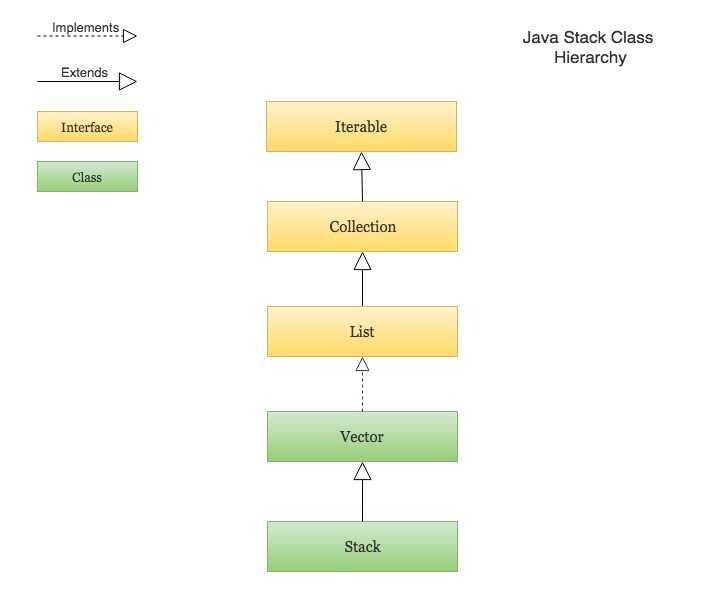

Stack follows LIFO mechanism on the other hand Queue follows FIFO mechanism to add and remove elements.This waiting queue can be thought of as a queue. In our day to day life we come across many situations where we out to wait for the desired service, there we have to get into waiting line for our turn to get serviced. Similarly, deletion of the existing elements takes place at the other end called the Front-end, and it is logically a First in first out (FIFO) type of list.

The addition of new elements takes place at one end called rear end. It is a collection of similar type of elements. Definition of QueueĪ queue is a linear data structure comes in the category of the non-primitive type. This is what is called popping, and similarly, if you want to preserve some biscuits for some time later, you will put them back into the pack through the same torn end is called pushing. If you assume, only one side of the cover is torn, and biscuits are taken out one by one. Some of you may eat biscuits (or Poppins). Note that the element often accessed in the stack is the topmost element, whereas the last available element is in the bottom of the stack. That is the reason why stack is called Last-in-First-out (LIFO) type of list. As all the deletion and insertion in a stack is done from the top of the stack, the last element added will be the first to be removed from the stack. It is an ordered list where the new item is added and existing element is deleted from only one end, called as the top of the stack (TOS). It has variants like circular queue, priority queue, doubly ended queue.Ī Stack is a non-primitive linear data structure. One end is used for insertion, i.e., rear end and another end is used for deletion of elements, i.e., front end. Same end is used to insert and delete elements. Similarly, The queue is a queue for Theatre tickets where the person standing in the first place, i.e., front of the queue will be served first and the new person arriving will appear in the back of the queue (rear end of the queue). For example, the stack is a stack of CD’s where you can take out and put in CD through the top of the stack of CDs. Stack and queue are the data structures used for storing data elements and are actually based on some real world equivalent.
#JAVA QUEUE VS STACK CODE#
In the following example (→ code on GitHub), three threads are started that call SynchronousQueue.put(), then six threads that call SynchronousQueue.take(), and then another three threads that execute SynchronousQueue.Stack has only one end open for pushing and popping the data elements on the other hand Queue has both ends open for enqueuing and dequeuing the data elements. In the JDK, SynchronousQueue is used in Executors.newCachedThreadPool() as a "work queue" for the executor, so the likelihood of bugs is extremely low. If its characteristics fit your requirements, you can use it without hesitation. Like DelayQueue and LinkedTransferQueue, I have never used SynchronousQueue directly in my own projects. (optimistic locking through compare-and-set) The characteristics of SynchronousQueue in detail: Underlying data structure In fact, however, they are served precisely in reverse order (i.e., in LIFO order) since internally, SynchronousQueue uses a stack.

There is a peculiarity here: If the fairness policy is not activated, blocking calls are served in unspecified order according to the documentation. SynchronousQueue and ArrayBlockingQueue are the only queue implementations that offer a fairness policy. Similarly, the size of a SynchronousQueue is always 0, and peek() always returns null. Instead, it means that each enqueue operation must wait for a corresponding dequeue operation, and each dequeue operation must wait for an enqueue operation.Ī SynchronousQueue never contains elements, even if enqueue operations are currently waiting for dequeue operations. The word "Synchronous" in the class is not to be confused with "synchronized". SynchronousQueue in the class hierarchy SynchronousQueue Characteristics


 0 kommentar(er)
0 kommentar(er)
